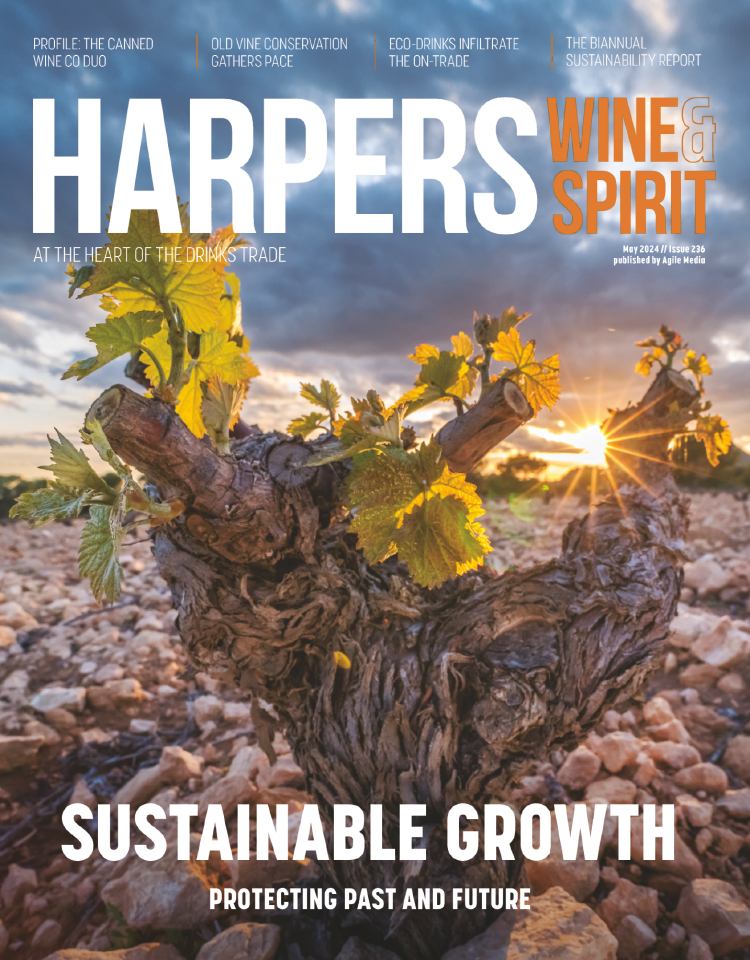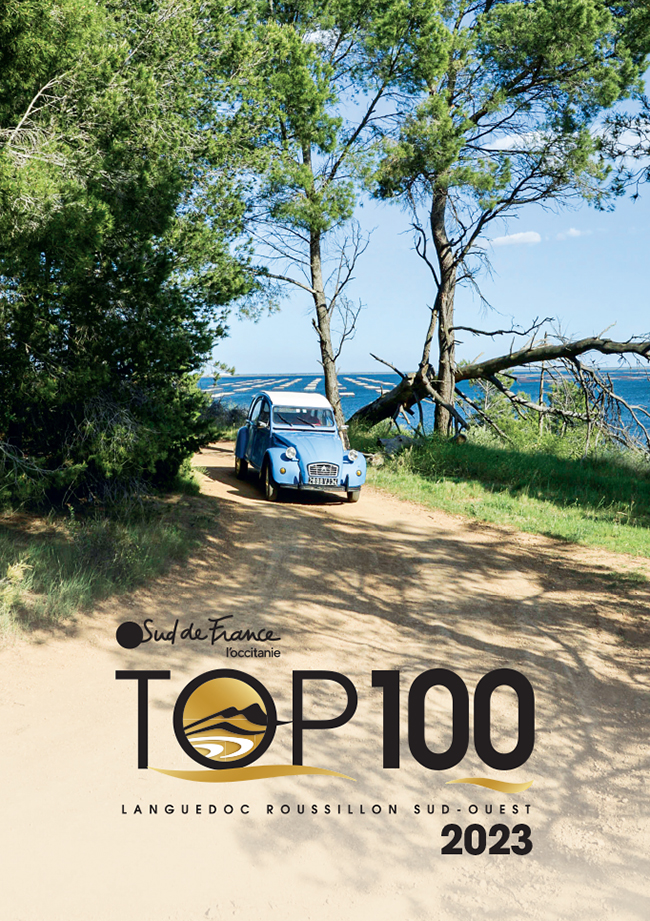
Wine designs fail if don't stand for something, Stranger & Stranger's Kevin Shaw tells Wine Vision
The secret to good brand design is for it to stand for something which is where wine often falls down as they just all "blur" into each other, according to Kevin Shaw, founder of design agency Stranger & Stranger.
Speaking at today's Wine Vision conference in London, Shaw said wine is being left way behind compared to the designs and brands being launched in spirits and beers where there is far more a spirit of adventure.
He said: "Packaging can help open doors and we need to be building brands that stand for something. We can learn a lot from the spirits sector."
Shaw said he decided to move the bulk of his business to the US as brands and retailers are far more open to brave designs that really look to stand out compared to the UK wine trade in particular. "I banged my head against the wall for a long time in the UK," he said.
In the UK a buyer might think a design is "amazing" but will then turn round and say can we have three of those for £10, explained Shaw. The big difference in the US is that a buyer will look at a design and say they were looking to sell at £10 but the design is so good let's sell it at £15.
"In the US they really appreciate true value of a product. They are interested in adding value and not taking it away," added Shaw.
He gave the example of how he went in to pitch a new idea to the US supermarket chain, Safeway and a 10 minute meeting turned in to a two hour pitch and a multi-million dollar order. Simply the Safeway buyer had been bowled over by someone coming to him with a genuine new idea.
"No-one ever shows us ideas, just one Argentine Malbec after another," is what Kent Sharkey at Safeway told Shaw. "We ended up with more US retailers phoning us wanting more ideas."
Wine brands only need to look at the innovations and brave steps being taken in the spirits and beer categories to see what is possible. Whilst wine is essentially itself by geography and where and how it is made, spirits and beer brands are tapping in to what consumers want, explained Shaw.
He pointed to how Smirnoff has been able to stretch its brand in to a whole range of limited editions be they bottle design or flavour variants. By comparison most major wine brands are all about tweaks and modifying a standard design that has been in place for years.
"Don't be afraid to be different," urged Shaw. "Try and create brands that stand for something. Too often wine does not stand for anything. It is just a blur."
He explained how he never tastes a product before trying to create a design for it. The key is to put yourself in the shoes of the consumer and convince them to pick it up and buy it before they taste it.That's the challenger of the designer.
David Schuemann of Napa Brand Design agreed: "You are not selling wine. You are selling design and packaging first and then after they have bought it once then you are selling the wine."
Schumann also "warned that the hardest thing is to remember what you had last week, which is why naming and packaging are critical."
Shaw also pointed to how Budweiser had been able to extend its brand in to a new range of cocktail RTDs that don't have a drop of beer in them. Its new range of Bud Mang-O-Rita or Bud Lime-a-Rita had taken the cocktail market by storm. "You can do this in wine," he stressed.
But equally don't change brands and designs for the sake of it or try and create a "hipster" design by committee as it is likely to fail.
Keywords:
- wine
- News
- Producers
- Retailers
- Sectors
- Suppliers
- Wine Brand News
- Richard Siddle
- Wine Vision
- HWS - Richard Siddle





